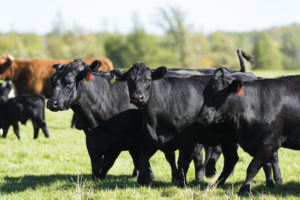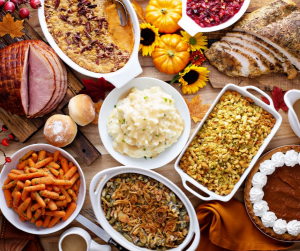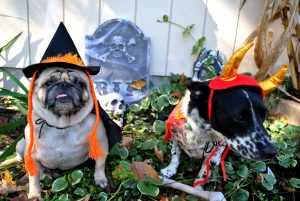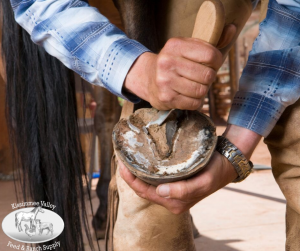 Better management of self-fed cattle supplements could improve consumption and optimize performance.
Better management of self-fed cattle supplements could improve consumption and optimize performance.
Self-fed supplements are commonly used to deliver essential nutrients to cattle and to meet their nutritional requirements. However, use of a self-fed supplement does not translate to a self-managed supplementation program. Proper management of self-fed supplements is important to achieve desired intake and cattle performance goals.
One of the biggest challenges producers face with self-fed supplements is consumption,” says Christina Hayes, Ph.D., beef product manager with Purina Animal Nutrition. “When intake isn’t within the expected range, cattle performance may suffer. For optimal performance, management of self-fed supplements is essential.”
Many things can influence consumption, from forage quality and amount to supplement location and water availability. But you can take steps to help manage supplements and optimize intake.
The first step to becoming a better supplement manager begins with measuring intake.
Determining Consumption
“Calculating consumption can help you get a baseline intake for your herd, which you can then compare to target intake levels for the supplement,” says Hayes. “If your herd’s intake is below or above target intake levels, then you know it’s time to make adjustments.”
The following calculation can help you measure herd intake:
(Pounds of supplement distributed / # of cattle) / # days supplement was available
When making this calculation, don’t forget that calves will consume some supplement as well.
“If a supplement is not being consumed at target intake levels, it’s time to start troubleshooting,” says Hayes. “What is the forage quality? Where is the feeder located? Have there been weather challenges? What is the overall feeding program?”
If consumption is a challenge, there are strategies you can implement to help achieve the desired intake.
Managing Supplements
Implementing some simple strategies can go a long way toward ideal supplement consumption.
Here are a few tips:
- Look for a high-quality supplement that includes protein, energy, calcium, phosphorus and trace minerals
- It is best to start supplementing early to ensure cattle requirements are being met. If you wait too long to supplement and cows have to play nutritional catch-up, you may experience supplement overconsumption.
- Initially, place supplements near a water source or in loafing or grazing areas. Cattle frequently visit those spots, giving them more opportunity to consume as they adjust to using the supplements. As the cattle become more comfortable with supplements, you can gradually move supplements further from those areas to entice them to graze underutilized pasture.
- Ensure fresh, cool water is available, preferably in the shade during the warm, summer months. As temperature and humidity rise, cattle will require more water. Poor water quality, or lack of water, can cause cattle to go off feed quickly, which can limit feed intake and overall cattle performance.
- Do not move a full bulk feeder. The feed may pack, which can compromise flow, especially if the feed is oily.
- Clean feeder troughs regularly to remove any compromised product and help keep product fresh. When it rains, feed behind an adjustable gate can become wet, causing feed to swell, and preventing the flow of fresh feed. Removing wet feed will also prevent mold and rot.
- For supplements with Intake Modifying Technology, consumption will adjust with changes in forage quantity and quality. Expect higher consumption with lower quality/quantity forage and lower consumption with higher quality/quantity forage. Be aware that in times of lower quality/quantity forage, cattle may consume supplements rapidly.
Here are some general rules of thumb by self-fed product:
Wind & Rain Storm Mineral:
- Put fresh, non-medicated mineral out once per week.
- Use a covered mineral feeder to help protect the mineral.
- Know if your mineral is complete or non-complete. Complete minerals include salt, which helps drive intake.
Accuration Block or Tub Supplement:
- In contrast to a plastic tub, blocks have corrugated cardboard sides. Initially, in smaller pastures, more than one big block can be placed in a feeding location. When consumption is determined, then the blocks can be relocated or separated.
- Cows per block is a function of block size and pasture size.
- 500 lb. block: One block per 20 to 25 cows
- 200 lb. block: One block per 10 to 15 cows
Accuration Liquid Supplement:
- All storage tanks and lick tanks must be cleaned prior to adding liquid.
- At the end of the feeding season, tip tanks on their sides so the remaining liquid will flow out from the wheel slot. This prevents the remaining liquid from gelling, separating or molding inside the tank and keeps rainwater from entering the tank.
- Accuration Liquid is a suspension product. Without agitation, it can become thicker over time, so it is important to move the liquid on a regular basis to maintain the free-flowing state. If forage quality is meeting cattle requirements and liquid intake is low, it is a good practice to move the lick wheels manually. That should be done weekly to keep the product from thickening in the tank.
Driving performance
No matter the product form, a self-fed supplement should not be approached with a “set it and forget it” strategy. “Small things like adjusting tub location and cleaning out a feeder can work together to help you achieve desired intake levels,” says Hayes. “And more desirable consumption can, potentially, lead to improved cattle performance.”
The extra time spent calculating supplement consumption and making adjustments may be well worth it.
Article Attributed to Purina Mills and Christina Hayes, Ph. D.
 Keep in mind these Thanksgiving safety tips for pets during the holidays. Let’s make sure it’s not a dangerous time for your furry friend! Enjoy time with your family and avoid a visit to your veterinarian by following this guide:
Keep in mind these Thanksgiving safety tips for pets during the holidays. Let’s make sure it’s not a dangerous time for your furry friend! Enjoy time with your family and avoid a visit to your veterinarian by following this guide:






 Balancing hoof health with nutrition needs to be interchangeable if you want to have a healthy horse. One directly affects the other, so making sure they both are in good shape is very important. Not sure why exactly these two go together? No problem! Check out these helpful tips from Purina below to ensure the safety of your horse.
Balancing hoof health with nutrition needs to be interchangeable if you want to have a healthy horse. One directly affects the other, so making sure they both are in good shape is very important. Not sure why exactly these two go together? No problem! Check out these helpful tips from Purina below to ensure the safety of your horse. Transitioning nursing lambs is an important step in the feeding process. It’s critical to the growth rate and show ring success. We wanted to share some helpful information to aid you in the process of switching. Continue reading for some basics of care and supplies. Hope you find it helpful!
Transitioning nursing lambs is an important step in the feeding process. It’s critical to the growth rate and show ring success. We wanted to share some helpful information to aid you in the process of switching. Continue reading for some basics of care and supplies. Hope you find it helpful!